I've gone a bit ice crazy this week, and my freezer is full of all kinds of weird and wonderful creations, which I'll be showing you soon. First up is this block that I froze with straws inside. After letting it melt for a while, we removed the straws and poured coloured water through, so we could see the path. It worked brilliantly, so next time, I'm going to try a swirly tube.
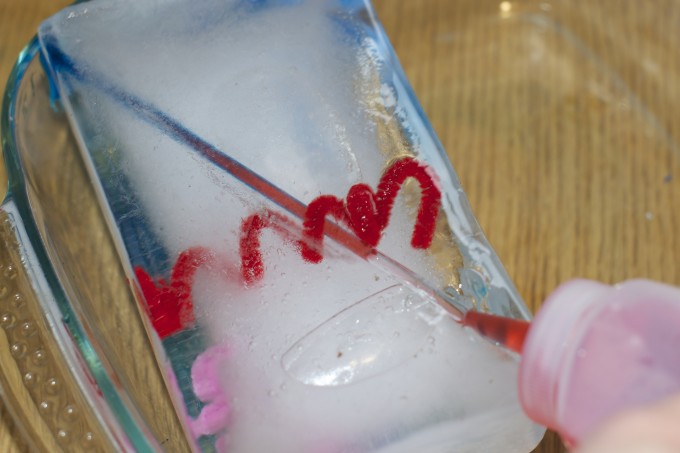
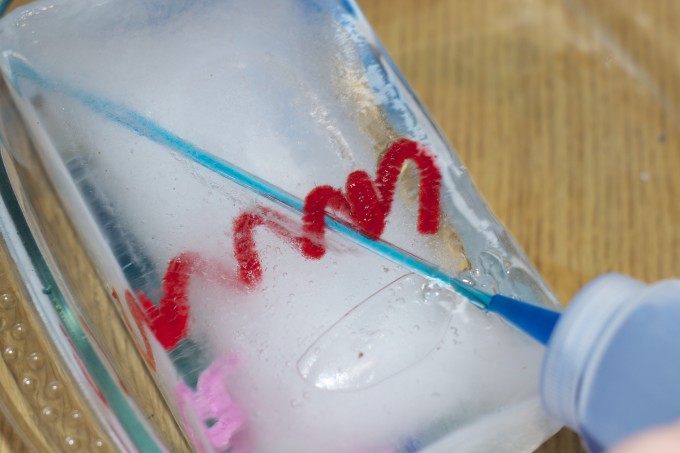
Next, we poured some warm water down the straw hole to see what happened.
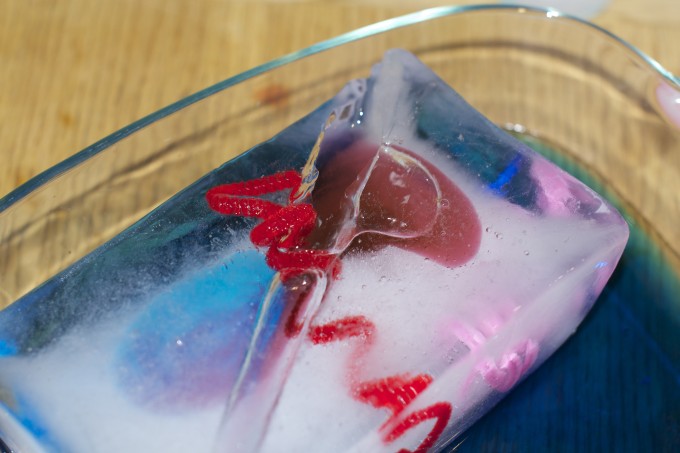
You can see here that the warm water has melted the ice, and the straw hole is much bigger.
The video shows this in action.
We then tried adding salt to our ice. You can see here that the parts of the block with salt on top have melted faster than the rest.
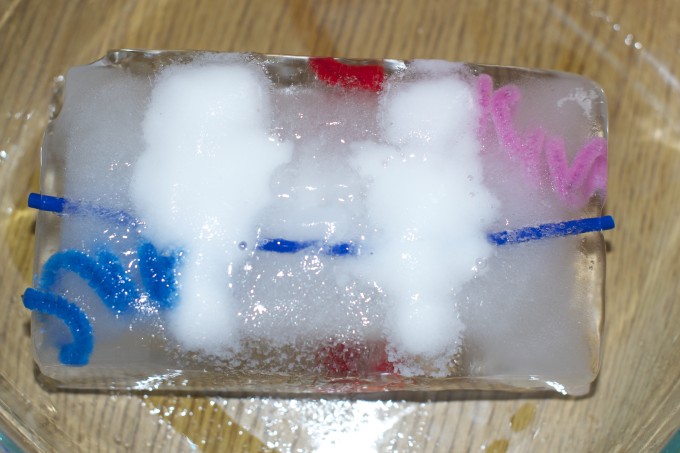
What did we learn?
We learned that warm water melts ice faster than cold water.
Why does salt melt ice?
Salt makes ice melt faster. This is because salt lowers the freezing point of water.
Other ideas to try
Try to freeze salty water and experiment to find out if it melts faster than non-salty water.
Freeze a block of ice so two colours can be run through it.
If you enjoyed this activity, don't forget to check out my other ice experiments for kids.
Last Updated on January 9, 2025 by Emma Vanstone

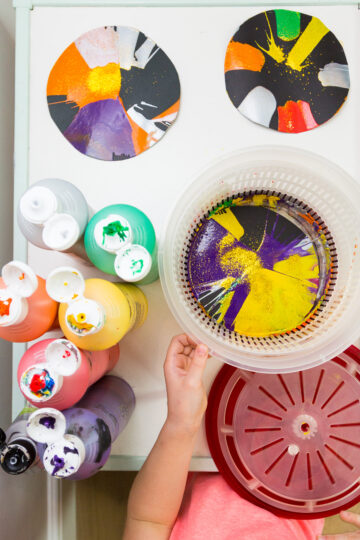
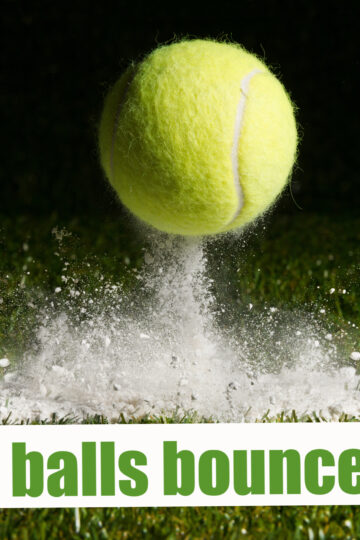
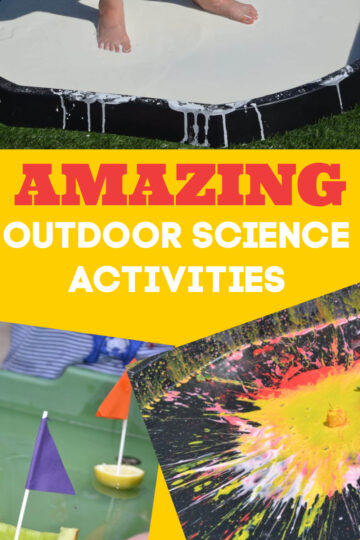
Regina says
Such a deep anewrs! GD&RVVF